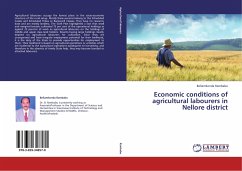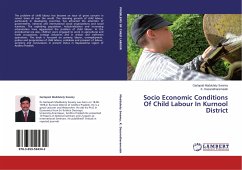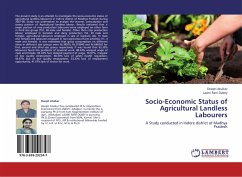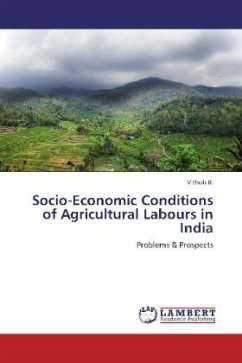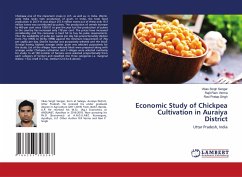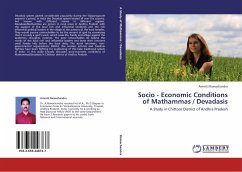Agricultural labourers occupy the lowest place in the socio-economic structure of the rural setup. Mostly these persons belong to the Scheduled Castes and Scheduled Tribes or Backward Classes. They have no resource base and are mostly landless. The Sixth Plan highlighted a fact that small and marginal tenants cultivated 73 per cent of the operational holdings as against 23 percent of work as agricultural labourers on the holdings of middle and upper class land holders. Tenants having large holdings mostly depend on agricultural labourers for cultivation. Since they are unorganised and have irregular employment potential for their livelihood, it is the duty of the State to provide opportunities for employment to them. Their livelihood is based on agricultural operations or activities which are incidental to the agricultural operations subsequent to harvesting, and therefore in the absence of timely State help, they may become bonded or attached labourers.
Bitte wählen Sie Ihr Anliegen aus.
Rechnungen
Retourenschein anfordern
Bestellstatus
Storno

